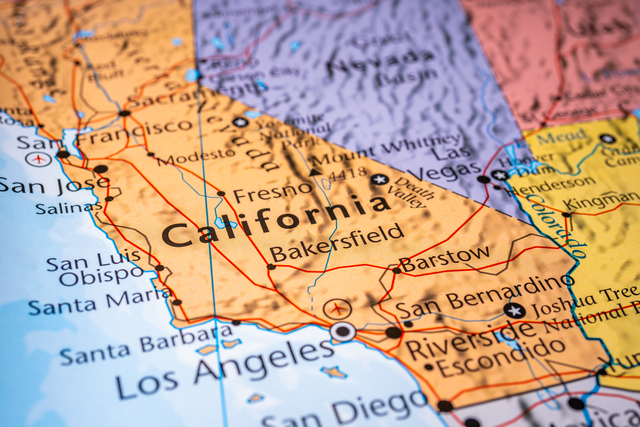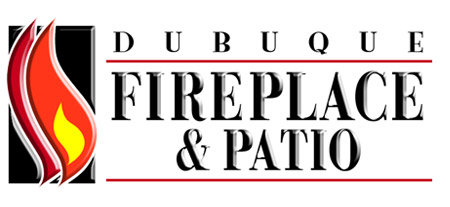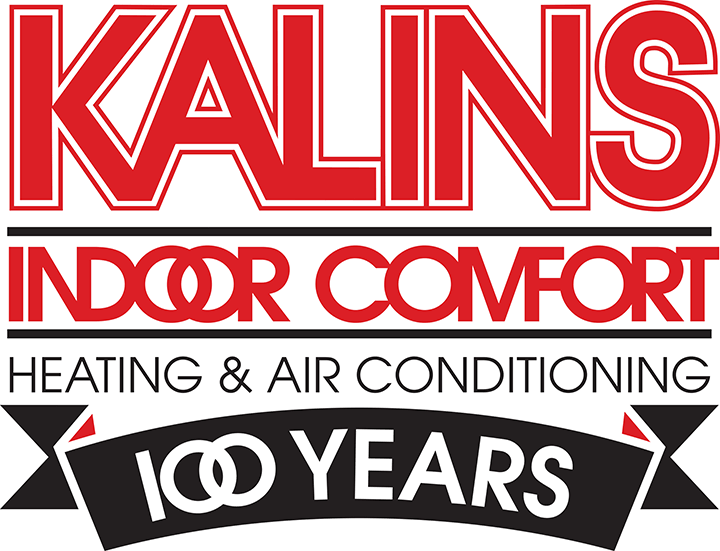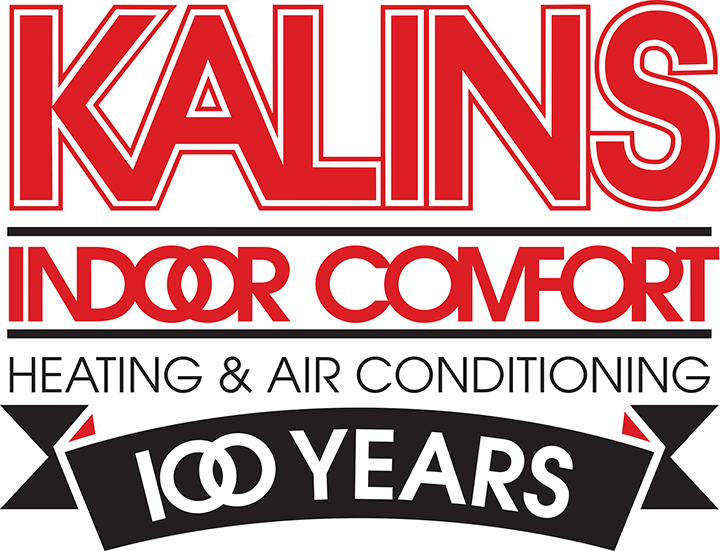California has been known for its comprehensive environmental policies for decades. The state has enacted a series of California energy regulations that significantly impact the use of natural gas (NG) and wood burning. These policies are intended to reduce greenhouse gas emissions, improve air quality and transition toward a cleaner energy future. However, these measures also come with social and huge economic considerations that will affect homeowners, businesses, industries and entire communities.
California homeowners are already paying the highest electric (and water) rates, according to the U.S Energy Information Administration, due to a combination of infrastructure investments, regulatory requirements, and market factors. Costs may increase if proposals to limit future pipeline connections and eventually prohibit the use of all natural gas appliances in the state are implemented. These discussions are often linked to the broader California natural gas ban effort.
CALIFORNIA ENERGY REGULATIONS ON NATURAL GAS
REDUCING NATURAL GAS USAGE
California has made significant strides in curbing natural gas consumption, particularly in the residential and commercial markets. The California Energy Commission updated parts of the state’s building code to encourage all-electric new construction, reducing reliance on natural gas for heating, cooking, and water heating. These measures are part of California’s broader goal to achieve carbon neutrality by 2045, as outlined in the California renewable energy standard.
Several municipalities have taken further steps by enacting bans or restricting the use of natural gas in new buildings. In 2019, Berkeley, CA became the first city in the U.S. to ban NG connections in new construction. Nearly 70 other cities in the state followed suit by restricting NG use in new, existing or renovated homes.
However, in 2023, the U.S. Court of Appeals for the Ninth Circuit sided with a lawsuit filed by the California Restaurant Association and struck down Berkeley’s NG ban.
WHAT TO EXPECT?
California and other states are implementing several new regulations that affect home heating fuels and the hearth industry. Regulators in the state have approved stricter energy efficiency standards for buildings as the state continues its attempt to phase out gas appliances. These regulatory changes include:
- Banning gas heaters
In 2030, California will prohibit the sale of NG heating and hot water systems. By removing this option, they anticipate consumers will switch to electric heat pumps. - State building codes updates
The California Building Code is updated every three years and includes stringent requirements for fireplace construction. Builders must follow specific rules for acceptable materials and construction methods. Additionally, all vent-free fireplaces and gas logs are not permitted. - Wood burning equipment restrictions
Wood burning fireplaces and stoves are currently prohibited in new residential construction in many areas. Existing wood burning equipment, including fireplaces, stoves, inserts and pellet stoves are subject to mandatory “burning bans” or California no-burn days, when high air pollution levels are forecasted. These rules fall under California wood burning stove regulations, which are intended to protect air quality and public health.
SUPPORTERS AND OPPONENTS
Supporters of reducing NG usage cite concerns about methane emissions and climate change. Indoor air pollution, particularly with gas cooking stoves, is often cited as another major health concern, as is the risk of increased respiratory disease.
Some opponents argue that if additional electricity is generated with natural gas rather than renewables to meet higher demand, those power plants could have a greater climate impact than continuing to connect individual customers to the pipelines. They also note that ventilation – such as turning on a vent hood, a bathroom fan, or opening a window or door – could help mitigate any indoor air quality concerns when cooking with natural gas.
IMPACTS ON CONSUMERS AND UTILITIES
Transitioning away from natural gas presents challenges for both utilities and consumers. The decline in NG usage raises concerns about maintaining aging infrastructure and covering fixed costs with a smaller customer base. Utilities are exploring ways to repurpose pipelines for renewable natural gas (RNG) or hydrogen.
Some legislative proposals in California have sought to prohibit the use of any home appliances that use NG, including water heaters, furnaces, pool heaters and cook stoves. Under some plans, NG could eventually be phased out in homes and buildings statewide.
For consumers, the energy shift can involve significant upfront costs for replacing NG appliances with electric alternatives. According to the advocacy group Reform California, a conservative estimated cost for these changes for a typical homeowner is $30,000-$40,000, though actual costs vary based on individual circumstances.
RENEWABLE NATURAL GAS & HYDROGEN
California is investing in renewable natural gas (RNG) and hydrogen technologies to address concerns about eliminating NG. Organic waste, such as agricultural residues and landfill gas, produces renewable natural gas (RNG), which has a much lower carbon footprint than conventional NG. Hydrogen, particularly green hydrogen produced using renewable energy, presents another alternative for replacing NG in specific industrial and transportation applications.
California’s Low Carbon Fuel Standard and other policies provide financial incentives for producing and using these alternatives.
According to the American Gas Association:
- Emissions from NG distribution systems have declined 70% since 1990.
- NG utilities have saved 1.7 million metric tons of greenhouse gases through energy efficiency programs since 2020.
- Combined with the growth of renewable energy sources, NG efficiency has contributed to carbon dioxide emissions reaching 40-year lows.
Going forward, there are many questions regarding the use of natural gas.
- Should homeowners, businesses and industries be limited in their energy choices, particularly as heating and cooking fuel?
- Should the public have a voice through a referendum or statewide initiative on how to use natural gas?
- How will additional electrical generation be accomplished to meet growing demand?
- Should legislators have the “right” to limit energy options?
CALIFORNIA WOOD BURNING STOVE REGULATIONS
ADDRESSING AIR QUALITY CONCERNS WITH CLEANER TECHNOLOGIES
Wood burning can be a practical choice for heating, energy independence and ambiance. However, burning wood improperly can affect air quality, particularly during winter, leading some California areas to impose strict regulations.
California is divided into 35 Air Quality Management Districts (AQMDs), each with its own requirements. Most have “no burn days” when air quality is poor, or weather conditions are dry and/or windy.
Some local areas have banned wood burning altogether. For instance, cities like Palo Alto and Los Gatos have prohibited the inclusion of wood-burning fireplaces in new residential construction. Orange County, parts of Los Angeles, Riverside and San Bernardino counties prohibit the use of some wood burning equipment, even if it is certified under EPA Phase II.
Some areas allow wood burning if the fireplace or stove meets specific low-emission criteria or serves as the only heat source. AQMDs may also offer “wood stove change-out” programs that provide financial assistance for replacing older stoves with cleaner, more efficient models.
Recreational backyard wood burning is generally allowed in most areas, provided requirements are followed and no burning bans are in effect.
BUT BEFORE YOU BURN, ALWAYS CHECK WITH LOCAL AUTHORITIES IN YOUR AREA!
Look at the Check Before You Burn map on the AQMD website for daily updates, or sign up for automatic alerts. Your local fire station can also confirm burning restrictions. During dry months, CAL FIRE may suspend all types of burning, and permits may be required year-round.
IMPACTS ON RURAL AREAS AND LOW-INCOME COMMUNITIES
Regulations on wood burning can impact households, renters, rural areas, and low-income communities that rely on wood as an affordable heating source. Some may not have the resources to switch to another type of heating for their home. Assistance programs such as CARE, (California Alternate Rates for Energy) and the Low-Income Home Energy Assistance Program (LIHEAP) offer financial support. Local AQMD offices may also fund wood stove change-out programs.
TECHNOLOGICAL INNOVATION
Technological advancements in energy storage, electric appliances, and clean fuel production will help support California’s transition away from higher-emission heating methods. Continued investment in research and development can make these technologies more affordable and accessible.
FUTURE OUTLOOK
California’s efforts to regulate the use of natural gas and wood burning are part of its strategy to address climate change and improve air quality. As the state moves toward its carbon neutrality goals, these regulations are expected to become more stringent. There will be a continued emphasis on reducing emissions, increasing renewable energy production, and meeting higher electricity demand for residential, business, and industrial use.
If you are unsure about any of these regulations, contact a local We Love Fire® expert in your area. These professionals are trained and certified to ensure codes and safety requirements are met.









